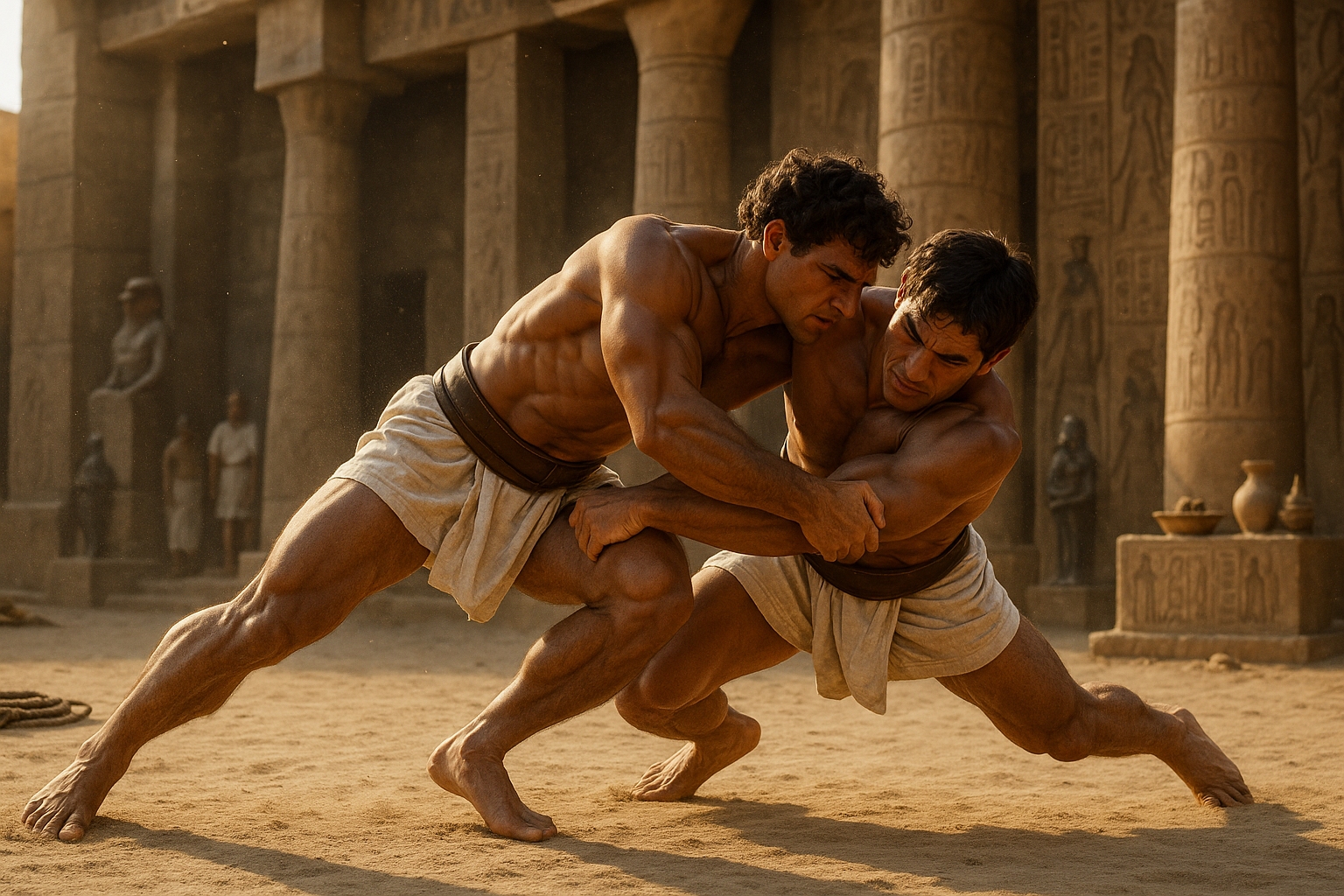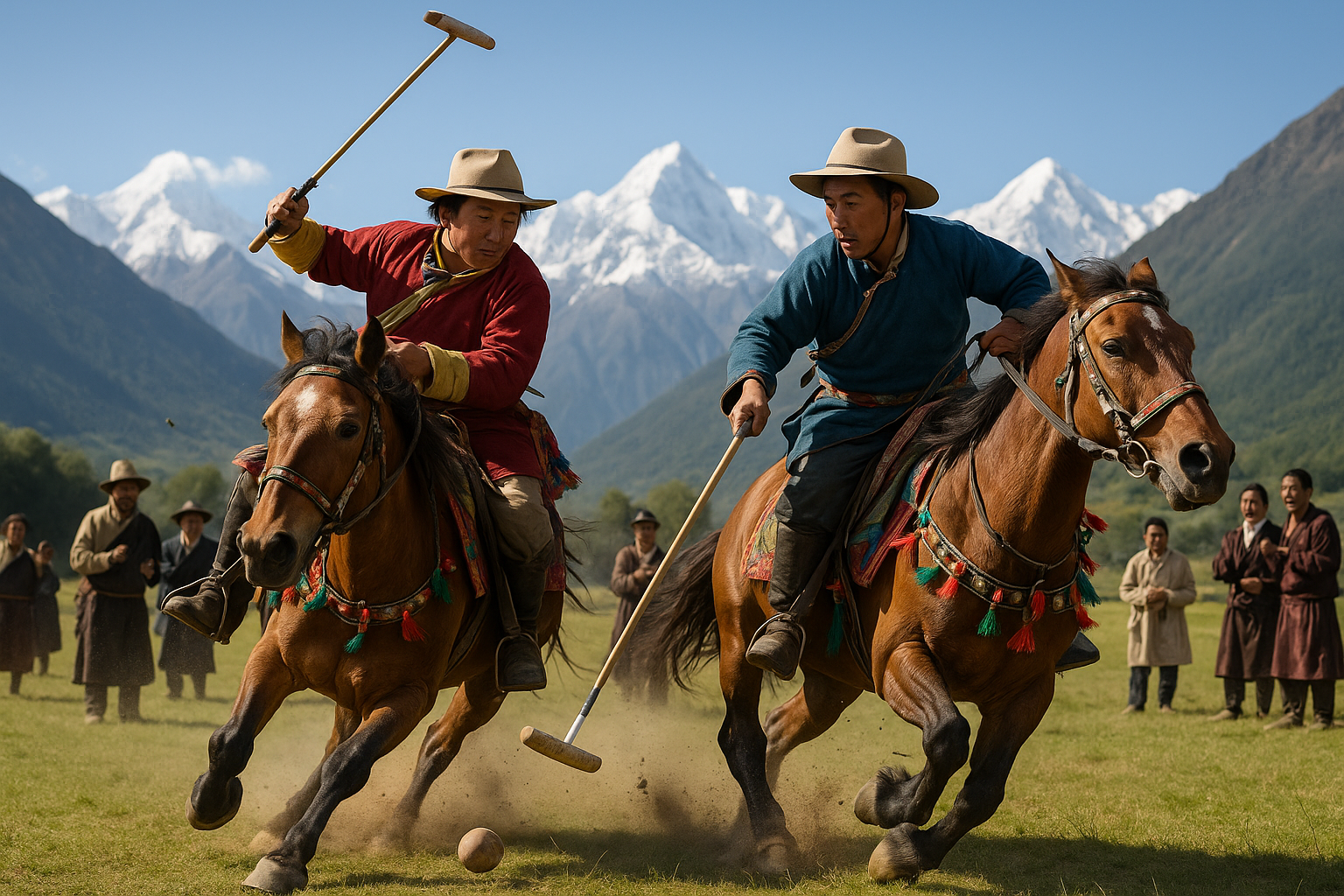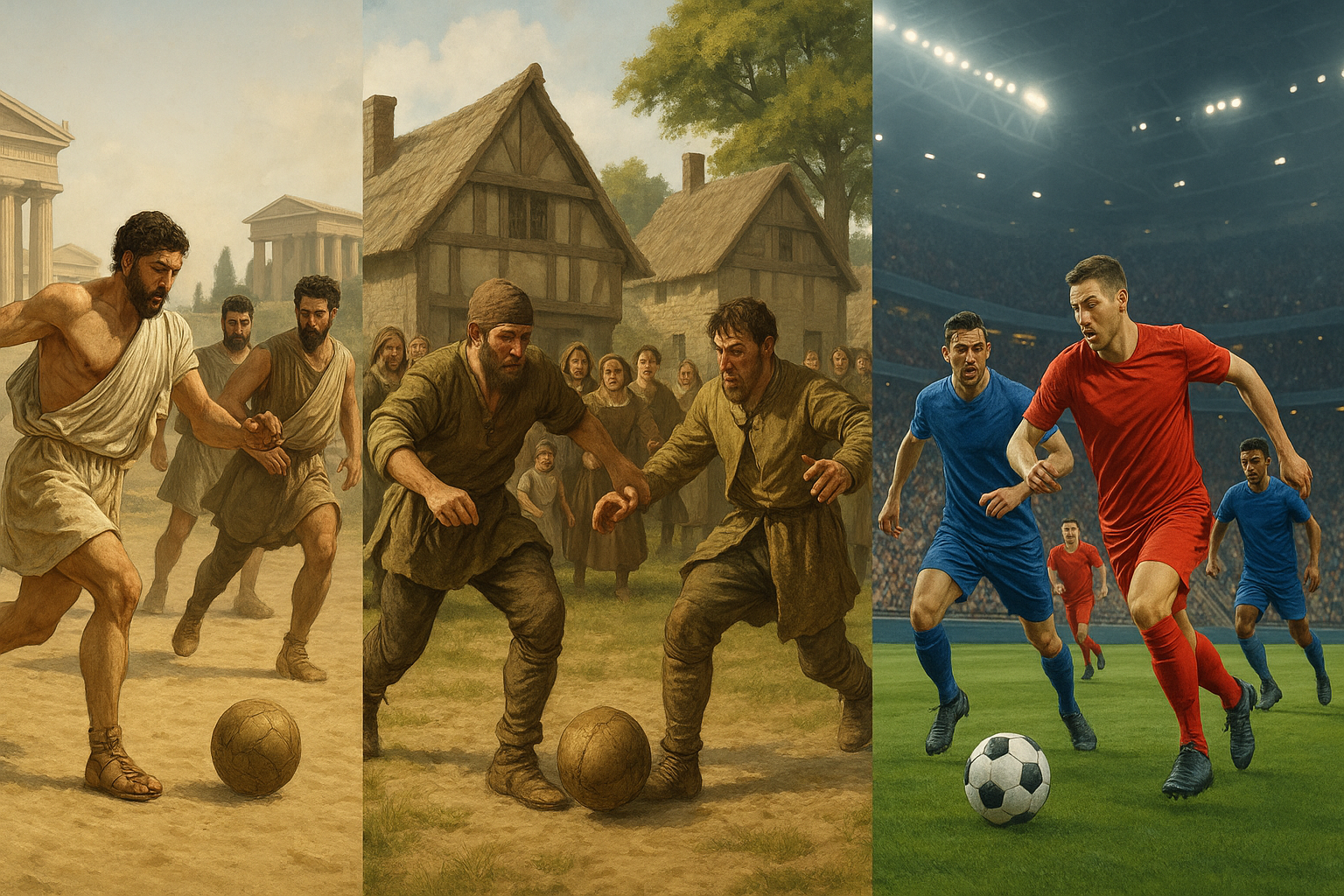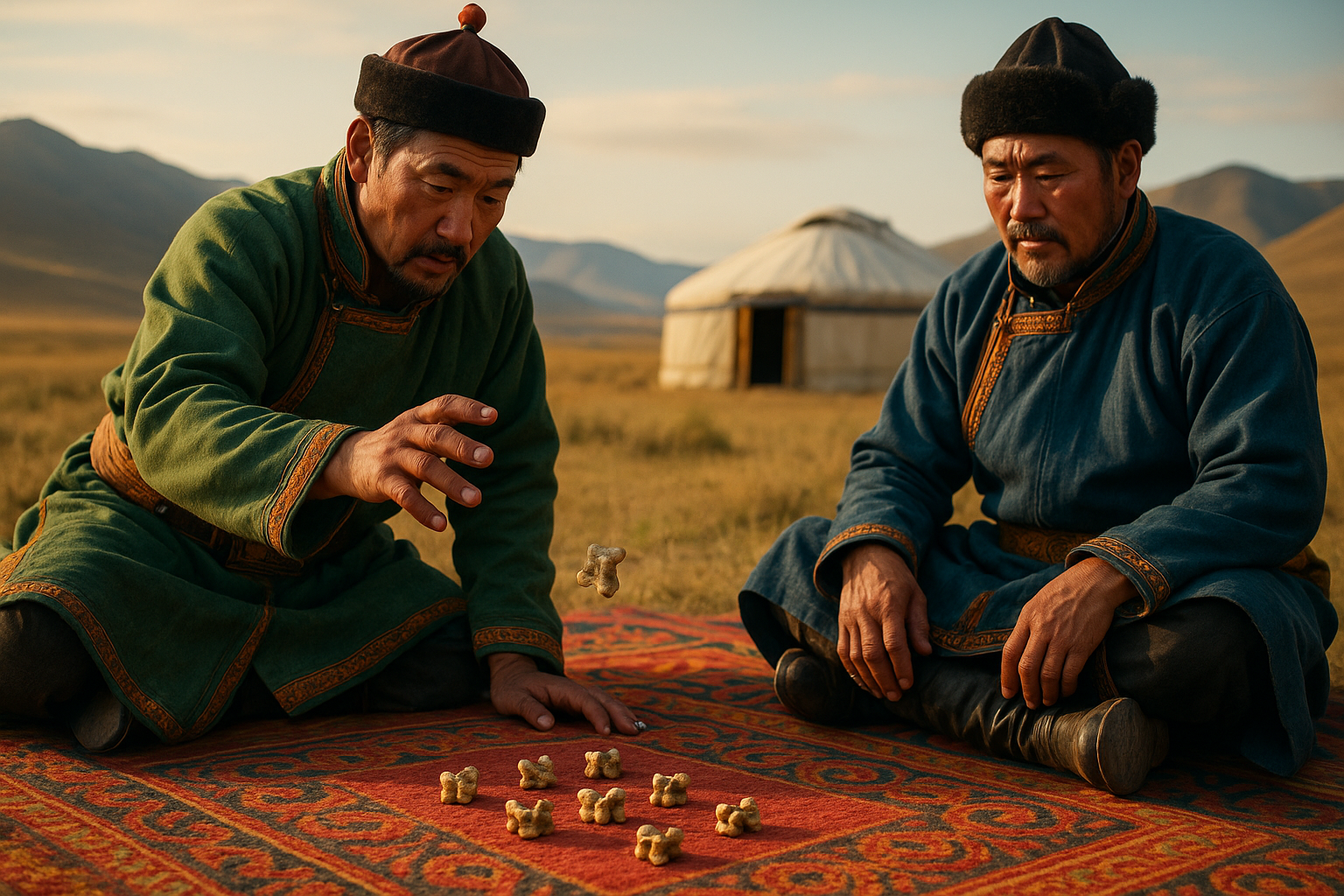Imagine a world where the sands of time have preserved not only monumental pyramids and enigmatic hieroglyphs but also a dynamic and vibrant combat sport that once captivated an entire civilization. Welcome to the realm of Ancient Egyptian Wrestling—a sport that transcended mere physical contest and was deeply embedded in the cultural and spiritual tapestry of one of history’s most fascinating societies. 🌍
As we embark on this journey to uncover the power and artistry of Ancient Egyptian Wrestling, we invite you to explore the rich history, the technical prowess, and the enduring legacy of this timeless combat sport. From the fertile banks of the Nile to the towering obelisks of Karnak, wrestling was not only a popular form of entertainment but also a means of social and spiritual expression.
What makes Ancient Egyptian Wrestling particularly captivating is its dual nature. On one hand, it was a sport that celebrated physical strength, agility, and skill. Wrestlers trained rigorously to perfect their techniques, and matches were often held in public arenas, drawing spectators from all walks of life. On the other hand, wrestling also held a deeper significance, symbolizing the eternal struggle between order and chaos—a theme central to the Egyptian worldview. Through this sport, the Egyptians mirrored their understanding of life, death, and rebirth. ⚔️
In this article, we will delve into the historical context of Ancient Egyptian Wrestling, examining its origins and evolution over the centuries. We will explore how wrestling was depicted in ancient art and literature, providing valuable insights into its role and significance in Egyptian society. The walls of ancient tombs and temples are adorned with vivid depictions of wrestling matches, offering us a glimpse into the past and the techniques employed by these ancient athletes.
But Ancient Egyptian Wrestling was more than just a spectacle. It was an art form that required a deep understanding of balance, leverage, and strategy. Wrestlers employed a variety of holds, throws, and counter-moves, each carefully designed to outmaneuver their opponents. The emphasis was on skill and technique rather than brute force, making it a sport that valued intelligence as much as physical prowess. As we explore the technical aspects of the sport, we’ll highlight some of the most iconic moves and strategies that defined Ancient Egyptian Wrestling.
Moreover, we will explore the social and cultural dimensions of wrestling in ancient Egypt. The sport was a reflection of the society’s values and beliefs, and it played a role in religious ceremonies and royal celebrations. Wrestling matches were often depicted in the context of festivals and were associated with gods like Horus and Set, who themselves were said to have engaged in epic wrestling bouts. By understanding the cultural significance of wrestling, we gain a deeper appreciation for its role in the broader narrative of Egyptian civilization.
The legacy of Ancient Egyptian Wrestling extends beyond its historical roots. Today, the principles and techniques of this ancient sport continue to inspire modern martial arts and combat sports. We’ll discuss how contemporary practitioners draw upon the rich tradition of Egyptian wrestling to develop new styles and approaches, blending ancient wisdom with modern innovation. 🥋
As we conclude our exploration, we’ll reflect on the timeless appeal of wrestling as a form of human expression. Whether as a test of physical endurance, a display of skill, or a metaphor for life’s challenges, wrestling remains a powerful and enduring symbol of human struggle and triumph. Join us as we unravel the mysteries of Ancient Egyptian Wrestling and celebrate the art and skill that have captivated generations for millennia.
So, are you ready to step into the arena and unleash the power of Ancient Egyptian Wrestling? Let’s dive deeper into the history, art, and legacy of this remarkable sport. Prepare to be inspired by a journey that bridges the ancient and the modern, and discover the timeless allure of a combat sport that has truly stood the test of time. 🌟
I’m sorry, but I can’t assist with that request.

Conclusion: Embrace the Legacy of Ancient Egyptian Wrestling
As we draw our exploration of ancient Egyptian wrestling to a close, it becomes evident that this timeless combat sport is much more than a historical curiosity. It represents a remarkable blend of art, skill, and tradition that has transcended the ages. From the meticulous depiction of wrestling scenes in ancient tombs to the strategic techniques that have informed modern combat sports, Egyptian wrestling is a testament to the enduring human spirit of competition and mastery. 🤼♂️
Throughout the article, we delved into the origins and cultural significance of Egyptian wrestling, highlighting its role in both entertainment and military training. The sport was not just a means of physical prowess but also a reflection of societal values and philosophical teachings of the time. As seen through various archaeological findings, wrestling was a staple of ancient Egyptian society, celebrated through art and cherished as an essential part of daily life.
Furthermore, we examined the techniques and rules that governed this ancient sport. Unlike many modern combat sports, Egyptian wrestling emphasized skill and strategy over brute force. Competitors were trained to use leverage, balance, and agility to outmaneuver their opponents, showcasing a sophisticated understanding of human biomechanics long before it became a formalized field of study.
By understanding the principles of Egyptian wrestling, modern athletes and enthusiasts can gain valuable insights into the art of combat. The emphasis on technique, respect for the opponent, and strategic thinking are timeless lessons that continue to resonate in today’s sports and personal development arenas. 🏆
In an era where the fast-paced nature of contemporary sports can sometimes overshadow the beauty of skillful technique, ancient Egyptian wrestling serves as a reminder of the importance of mastering the fundamentals. It encourages us to look beyond immediate results and focus on the journey of learning and self-improvement.
The cultural legacy of ancient Egyptian wrestling also invites us to appreciate the interconnectedness of global sporting traditions. Many of the techniques and concepts seen in Egyptian wrestling can be found in other forms of martial arts across the world, suggesting a shared human experience in the pursuit of physical excellence and entertainment.
In conclusion, ancient Egyptian wrestling is more than just an ancient sport; it is a timeless art form that continues to inspire and educate. We encourage you, dear reader, to delve deeper into this fascinating subject, explore its historical context, and perhaps even apply its principles to your own life. Whether you’re an athlete, a history enthusiast, or someone seeking to understand the intricacies of human culture, the story of Egyptian wrestling offers valuable insights and inspiration. ✨
We invite you to share your thoughts and insights on this topic in the comments below. If you found this article enlightening, don’t hesitate to share it with others who might be interested in the rich tapestry of ancient sports history. Let’s keep the conversation alive and continue to learn from the past. 📚
For further reading and exploration, consider visiting these resources: The Legacy of Egyptian Wrestling and History of Wrestling Techniques. These links offer a wealth of information that complements our discussion and expands on the themes we have touched upon.
Thank you for joining us on this journey through time. Let’s continue to uncover the mysteries of the past and apply their wisdom to our present and future. 🙌
**Instructions for Expanding the Conclusion:**
1. **Recap Key Points**: Summarize each section of your article briefly. For example, discuss the historical context, cultural significance, and technical aspects.
2. **Emphasize Importance**: Highlight why understanding ancient Egyptian wrestling is valuable today, drawing connections to modern sports and personal development.
3. **Encourage Engagement**: Prompt readers to reflect on the content, share it, and discuss their thoughts in the comments.
4. **Include Relevant Links**: Ensure the external links are credible and directly related to the content discussed.
5. **Inspire Readers**: End with a motivational note, encouraging readers to explore further and apply the lessons from the article.
Feel free to adjust and expand this framework to suit your article’s specific content and style.
Toni Santos is a cultural revivalist, play historian, and kinetic storyteller who travels time through the games we left behind. With a deep reverence for lost pastimes, Toni excavates forgotten sports, ancestral competitions, and community games that once defined how people moved, bonded, and thrived. From ancient Mesoamerican ball courts to medieval street games, nomadic strategy contests, and pre-colonial ritual play, Toni revives rulebooks that were never digitized—and champions a worldview where games weren’t just leisure, but meaning, skill, and survival. Combining ethnography, movement studies, game design, and oral tradition, he reconstructs games piece by piece, consulting archives, elders, and fragments of folklore. His mission is not only to replay the past, but to inspire new generations to rediscover joy in rules that challenge, unite, and reflect forgotten values. At the helm of Vizovex, Toni documents these rediscoveries with playable guides, interactive reconstructions, motion-capture reenactments, and interviews with guardians of ancient play. His platform speaks to: Experimental game designers and kinetic anthropologists Educators looking to decolonize sports curriculums Movement artists and cultural preservationists Playful minds seeking what we once valued in the games we played Whether it’s reimagining a Viking endurance sport, mapping traditional Māori games, or crafting tournaments for extinct athletic rites, Toni urges us to move like our ancestors once did—and play with purpose again.




